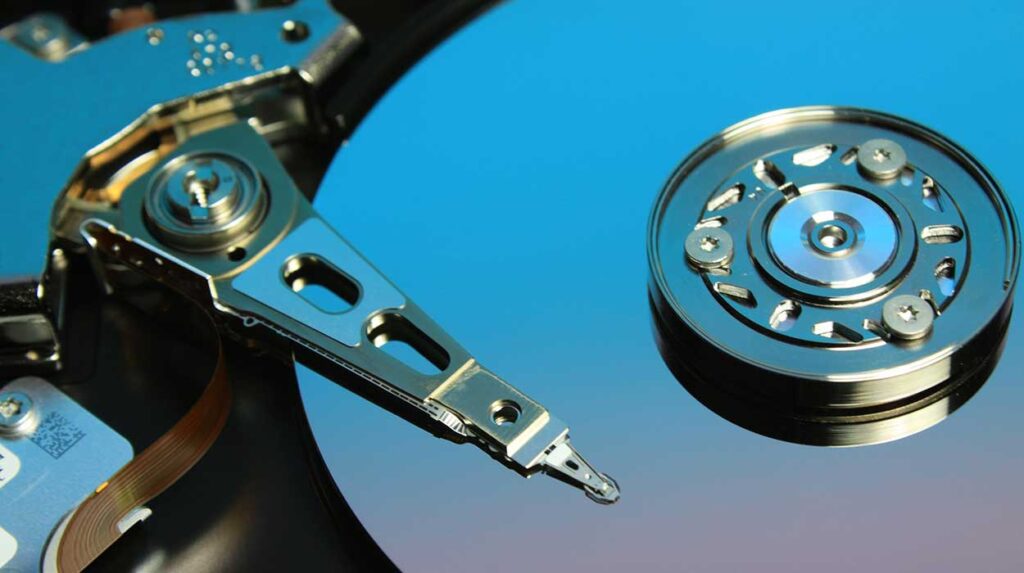Disk unknown not initialized is a problem often experienced by Windows users when they try to access or format a newly installed or existing disk. A variety of factors can cause this issue, such as physical damage, loose SATA cables, inappropriate drivers, or partition issues. If you are facing this problem, don’t worry, as there are several solutions that you can try to fix.
In this article, Bardimin will explain what disk unknown not initialized is, what causes it, and how to fix it easily and safely. Bardimin will also provide some tips to prevent this problem from happening again in the future. Let’s get started!

What is Disk Unknown Not Initialized?
Disk unknown not initialized is a condition in which the disk cannot be recognized by the Windows operating system and cannot be used to store data. They typically show this disk as disk 1, disk 2, or other disks in Disk Management, with states of “Unknown” and “Not Initialized”. This means that the disk has not been initialized, the process that sets the partition style (MBR or GPT) and creates a partition table on the disk.
Uninitialized disks can’t be read or written by Windows, so you can’t access the data that’s on them or format them for use. If you try to initialize a disk, you might get an error message like “The request could not be performed because of an I/O device error”, “The system cannot find the file specified”, or “The device is not ready”.
What Causes Disk Unknown Not Initialized?
Many factors can cause an unknown disk to not initialize, among which are:
- Physical damage. If the disk has physical damage, such as scratches, bumps, or wear and tear, it may not function properly and cannot be recognized by Windows. Physical damage usually occurs to external disks that are frequently moved or dropped.
- Loose SATA cables. If the SATA cable connecting the disk to the motherboard is improperly attached or damaged, then the disk may not get enough power or signal to operate. Loose SATA cables usually occur on internal disks that are rarely checked or cleaned.
- Inappropriate drivers. If the driver that controls the disk is incompatible with the version of Windows you are using, or it is not updated regularly, then the disk may not communicate with Windows properly. Incompatible drivers usually occur on new disks that have not installed the proper drivers or old disks that are outdated.
- Partition issues. If the disk has damaged, missing, or invalid partitions, then the disk may not be initialized by Windows. Partitioning problems usually occur because of viruses, human error, or system failure.
How do I fix Disk Unknown Not Initialized?
To fix a disk unknown not initialized, you need to know the cause of the problem first. You can use the method of elimination to test for causes and then try the solution. Here are some solutions you can try, ranging from easiest to hardest.
Solution 1: Check SATA Cable
The first step you can do is to check the SATA cable that connects the disk to the motherboard. Make sure the cable is properly plugged in and that no damage or dirt is interfering with the contact. If necessary, you can try to replace the SATA cable with a new one or one that has already proven to work. After that, restart your computer and see if the disk is detected by Windows.

